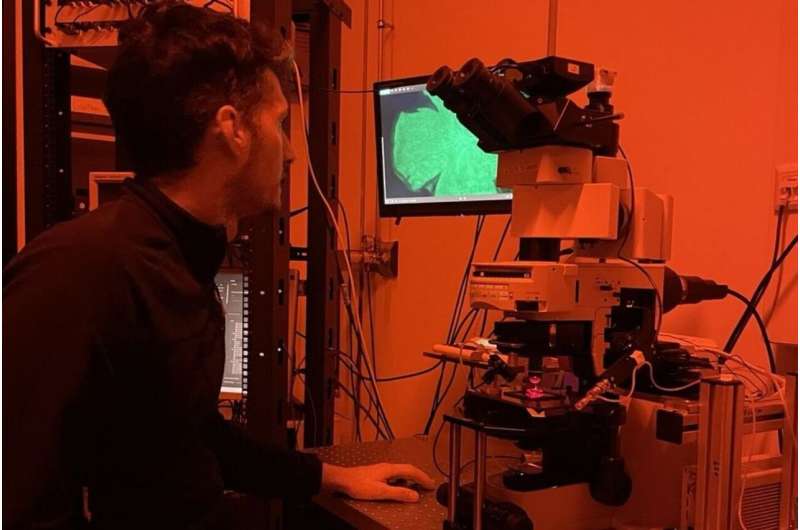In some people, the light receptors on the retina are damaged, but the underlying nerve structure is still intact. In this case, a visual implant could potentially help in the future: Biocompatible, thin photovoltaic films register radiation, convert it into electrical signals, and use these to stimulate living nerve tissue. This has now been achieved for the first time in laboratory tests at TU Wien.
The study is published in the journal Advanced Functional Materials.
The eye works the wrong way
Our eye is constructed in a way that seems counterintuitive: incoming light passes through several layers of retinal neurons before reaching the photoreceptors, which are the cells that actually detect light. Only then does the signal travel back through a neural network, where the information from the photoreceptors is processed, before it finally reaches the ganglion cells and is transmitted to the brain.

